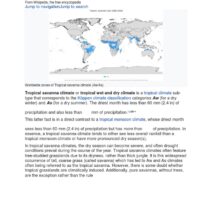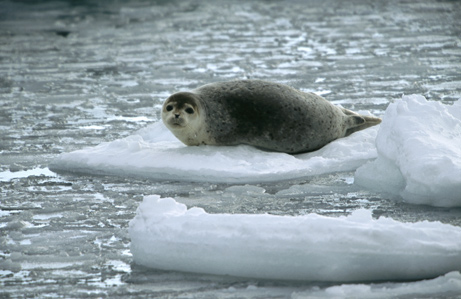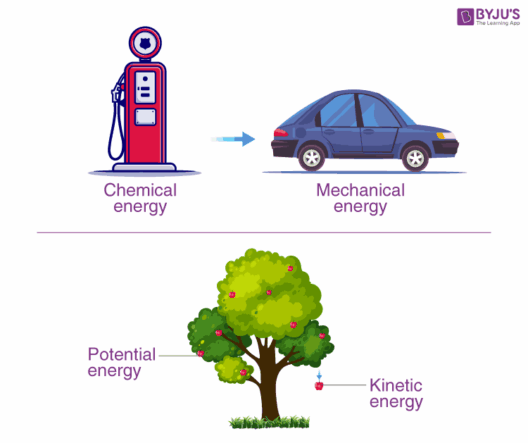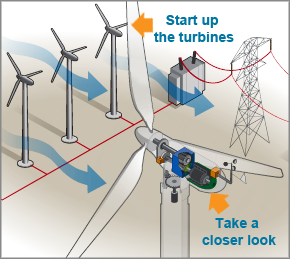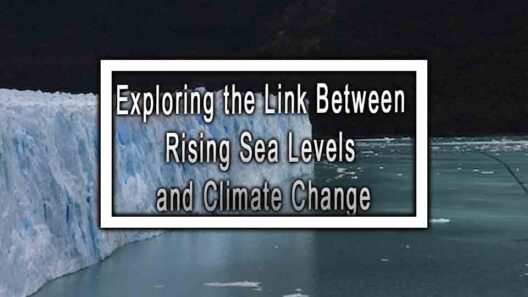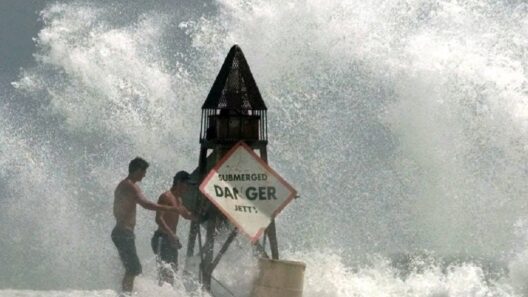Rising sea levels present a formidable challenge to global ecosystems, causing cascading effects particularly evident in coastal habitats. As the Earth’s climate warms, glaciers and ice caps melt, while the thermal expansion of seawater contributes to elevated ocean levels. The repercussions of these phenomena are alarming, especially for many animal species that inhabit coastal ecosystems. This article delves into the multifaceted impacts of rising sea levels on wildlife, casting a light on the vulnerable species and ecosystems that face unprecedented threats.
Understanding the scope of this issue requires a closer examination of the specific animals and habitats that are at risk. Sea level rise not only affects terrestrial animals in coastal areas but also compromises the delicate balance of marine life. As coastlines shift, so too does the availability of critical habitats, establishing a direct correlation between rising seas and wildlife vulnerability.
Coastal Birds: The Soaring Threats
Coastal birds, such as the endangered piping plover and the brown pelican, are among the first line of defenders facing the onslaught of rising sea levels. These species rely on sandy beaches and coastal habitats for nesting and foraging. As water inundates their breeding grounds, the loss of habitat leads to a sharp decline in population numbers.
Moreover, rising sea levels exacerbate the encroachment of predators on nesting sites. As suitable ground disappears, shoreline birds are forced to nest in less secure areas, increasing their vulnerability to predation and disrupting their reproductive success. Conservation efforts are essential to create protective measures, ensuring these birds can thrive in their rapidly changing environments.
Marine Mammals: Surprising Implications
Marine mammals, including seals and sea lions, are also subjected to the repercussions of rising sea levels. These species rely on coastal regions for breeding and resting, often utilizing beach areas that may soon become submerged. Altered habitats can lead to a decline in vital breeding sites, challenging their ability to reproduce successfully.
Furthermore, as sea levels rise, the salinity of coastal waters is changing. This shift impacts the availability of prey and modifies the food web, affecting not only marine mammals but also the entire ecosystem. The repercussions of these changes can have far-reaching effects, potentially leading to declines in fish populations that these mammals depend upon. The cycle of life in marine environments is complex and interconnected, making it imperative to monitor these changes closely.
Reptiles in Peril: Turtles and Their Breeding Grounds
Sea turtles, such as the loggerhead and green turtles, are quintessential examples of wildlife affected by rising sea levels. These species, known for their long migrations and reliance on sandy beaches for nesting, face immediate risks. The inundation of nesting sites exacerbates issues related to climate change, including increased temperatures and changing weather patterns.
As nesting habitats are submerged or eroded, female turtles may struggle to find suitable places to lay their eggs. This disruption can lead to lower hatching success rates and heightened mortality for hatchlings, ultimately threatening population viability. Conservation actions, such as creating artificial nesting sites and safeguarding existing ones, are crucial for ensuring the survival of these ancient mariners.
Coral Reefs: The Foundation of Marine Biodiversity
Coral reefs, which provide habitat and food for a myriad of marine species, are under direct threat from rising sea levels. While coral itself is often thought of in conjunction with pollution and temperature increases, the loss of coastal land due to rising seas further compromises these vital ecosystems. As shorelines erode, the sedimentation increases in the water, blocking sunlight critical for coral health.
Additionally, higher sea levels can modify water flow patterns and disrupt the delicate balance of reef ecosystems. This degradation of marine habitats directly impacts the species that rely on healthy reefs, including countless fish and invertebrates. Each species plays a role in maintaining ecological harmony, making the conservation of coral reefs imperative for sustaining marine biodiversity.
Invertebrates and Freshwater Systems: The Overlooked Factors
The effects of rising sea levels extend beyond coastal habitats to encompass freshwater ecosystems and the invertebrates that inhabit them. As saltwater intrudes into estuaries and freshwater systems, the delicate balance of these environments is disrupted. Species such as freshwater crab and various aquatic invertebrates could face population declines as their habitats become increasingly saline.
This intrusion not only affects individual species but also changes the wider ecosystem dynamics. Freshwater organisms are integral to nutrient cycling and supporting various food webs, highlighting the need for holistic conservation strategies that address both marine and freshwater habitats.
Conclusion: A Call to Action
Rising sea levels represent a formidable challenge that transcends individual species, affecting entire ecosystems. As ecological advocates, it is crucial to recognize the intricate relationships among species and the environments they inhabit. The plight of coastal birds, marine mammals, turtles, coral reefs, and freshwater species underscores the urgency for conservation efforts.
Addressing rising sea levels necessitates a multifaceted approach that combines habitat protection, restoration, and community engagement. The challenges ahead are daunting, but with concerted efforts and global awareness, it is possible to mitigate the impacts of climate change and secure a future for these vulnerable species. Every action counts in preserving our planet’s rich biodiversity for generations to come.

